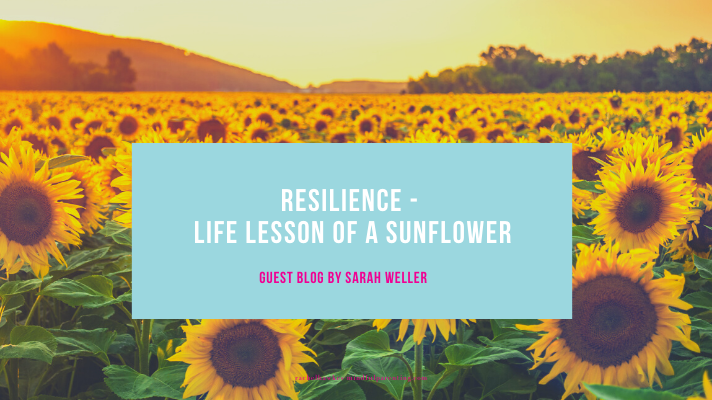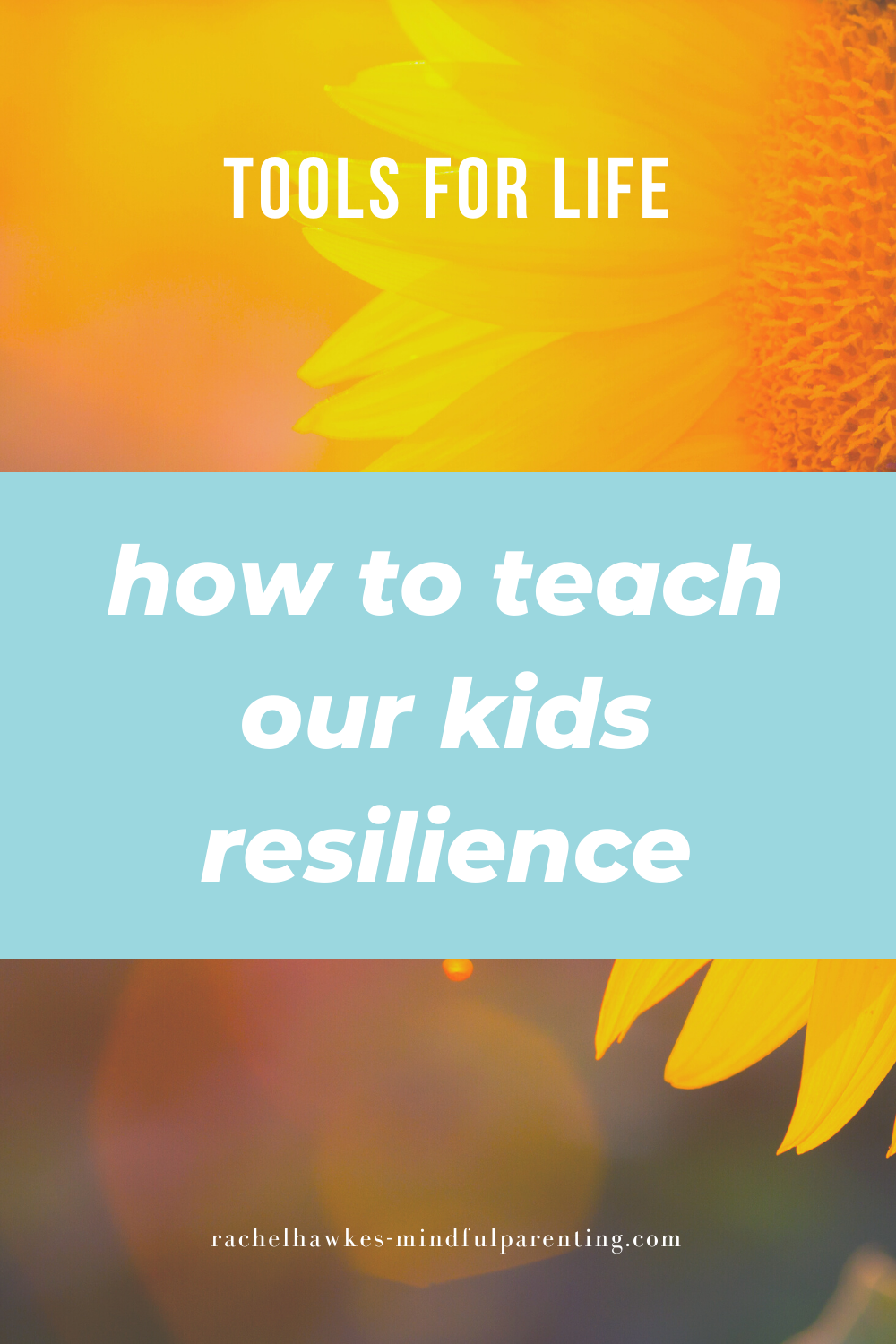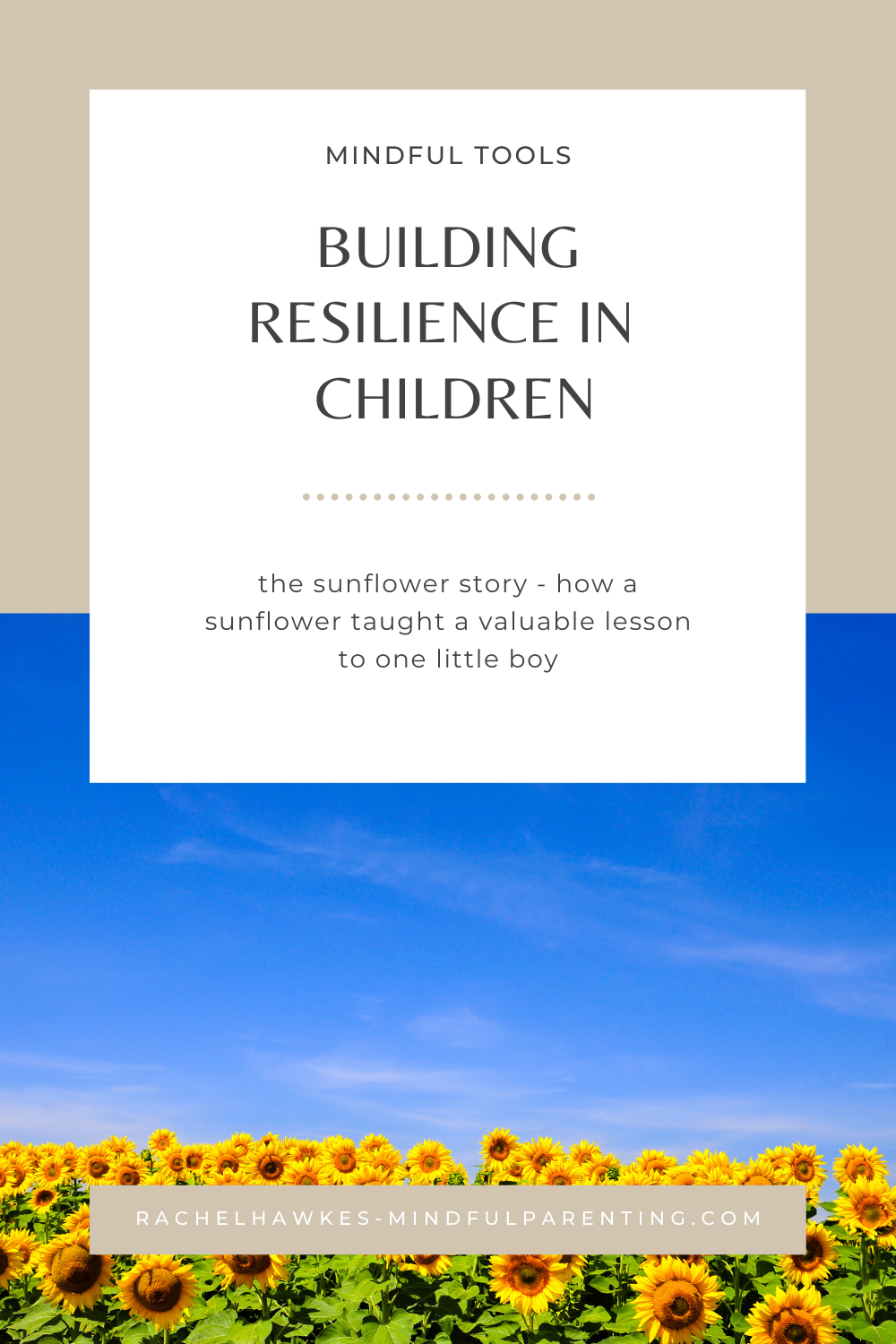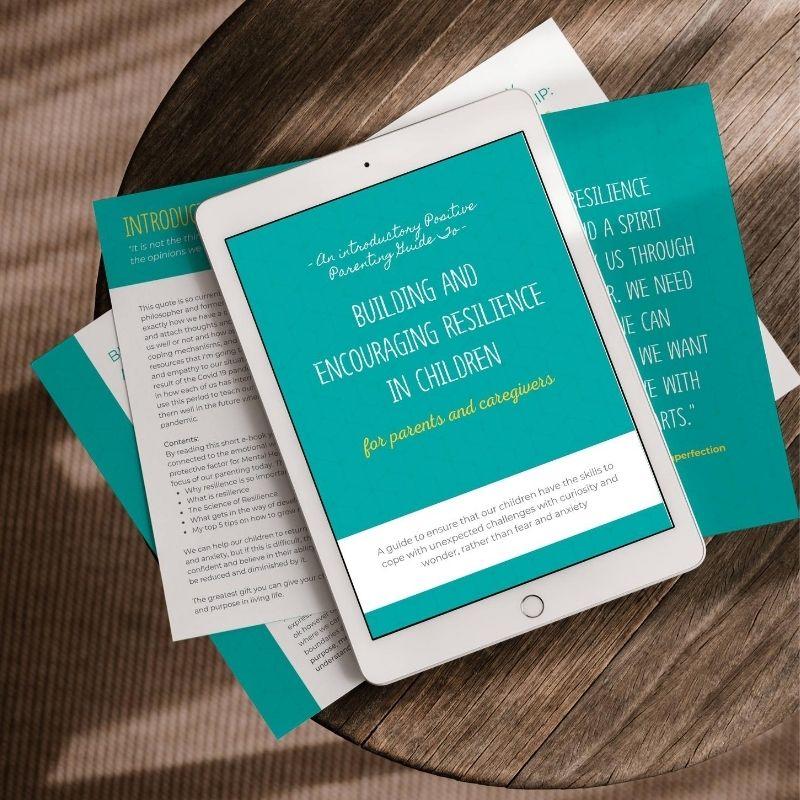Life Lesson from a Sunflower: Resilience

Clearing my autumnal looking garden, in readiness to plant my spring bulbs, it was with sadness that I removed the no longer proud and erect Sunflowers, whose heads had drooped and whose stalks were bent. Every year I grow Sunflowers from seed and love nurturing them from tiny seedlings that can be ravaged by pests, to full maturity when their joyful, splendorous golden heads turn to the sun and flower in full glory. But I was also grateful that I had enjoyed their glowing presence in my Garden for the past few months, together with a teeny sense of achievement that I had managed to grow and protect them from the ravages of Garden pests, my exuberant puppy and the Summer storms.
 Sunflowers
Sunflowers
Sunflowers originated in the Americas in 1,000 BC where they were cultivated for their nutritious seeds. They were used in late summer festivals as a symbol of bounty, harvest and provision. European explorers introduced them to Europe, their popularity spread, and symbolism was attached to them, as with all flowers. The English name for the sunflower is Helianthus, a combination of the Greek words for sun and flower. In Greek mythology, it is connected to a story of loss. Clytie a water nymph becomes the flower after losing her love who was Apollo. Clytie, in the form of the sunflower, is always facing the sun, looking for Apollo’s chariot to return so that she will be reunited with him.
From the ancients onwards, Sunflowers are associated with happiness, positivity, longevity, strength, adoration and loyalty and is a sign of Good luck in the Chinese culture. In fact, one book I have on flowers translates the Sunflower’s symbolism as “Stand tall and follow your dreams. Focus on what’s positive in your life and don’t let anyone get you down”. Victorians attributed gratitude to the dwarf Sunflower. The Victorians excelled in using the language of flowers as a secret communication tool, constructing posies of specific flowers with specific meanings to communicate messages that were thought too emotionally expressive to say out loud.
Sunflowers - My Story
Sunflowers remind me of happy lazy holidays in France when my children were little, where landscapes are dominated by fields of rows and rows of stunning bright yellow happy flowers. But they also remind me of a particular time when I was heavily pregnant and my son’s nursery was running a Sunflower growing competition. My son aged 4 had planted his sunflower grown from seed out into the garden and was measuring it daily, when one morning, after heavy rain overnight, we discovered the stalk had snapped. He was inconsolable. Despite my overwhelming desire to make things better for him, no amount of sellotape or miracle-working gaffer tape was going to fix it. I couldn’t fix it, he was going to have to accept that his precious plant would not be entered into the competition now and manage his disappointment.
This little story of coping with disappointment is an illustration of how as parents we can’t always “fix” frustrations and life’s difficulties for our children, and if we fall into this trap of attempting to do so, we hinder the fostering of resilience skills.
The Journey Of Our Children
The journey of a Sunflower very much represents the journey of our children……They are plants that survive strongly when in a field surrounded by others, but when planted singly need supporting canes, and often get very battered by wind and rain. They have heavy heads, and often droop when thirsty or overly hot. They are often attacked by pests, greenfly and caterpillars, that make holes in their leaves. The supporting canes often need changing as they grow taller and stronger. The Sunflower’s petals perfectly arranged like the rays of the sun in the boldest of yellow’s represent all the warmth and vitality that the sun helps us feel. The vibrant yellow colour can be linked with the colour symbolism of the chakras too. The Solar Plexus chakra (Manipura) governs intellect, self-awareness and personal evolution, all qualities needed for the development of emotional resilience.
Helen Mirren is quoted as saying: “I don’t think there’s anything on this planet that more trumpets life than the sunflower. For me that’s because of the reason behind it’s name. Not because it looks like the sun but because it follows the sun. During the course of the day, the head tracks the journey of the sun across the sky. A satellite dish for sunshine. Wherever light is, no matter how weak, these flowers will find it. And that’s such an admirable thing. And such a lesson in life”.
Resilience
It is through resilience that we can find contentment, which for me is a benchmark of a successful life. The writer and philosopher Alain de Botton says that “a good half of the art of living is resilience”. Brene Brown says in her wonderful book 'The Gifts of Imperfection'…” we need resilience and hope, and a spirit that can carry us through doubt and fear. We need to believe we can affect change if we want to live and love with our whole hearts”. I think we have all experienced or felt doubt and fear as a result of the pandemic, in some shape or form, even if we haven’t consciously acknowledged it as that. We may have witnessed the manifestation of doubt and fear in our children’s behaviours, in more emotional outbursts, irritability, defiance or clinginess.
As we transition out of lockdown into a new phase, emerging into a life that requires making decisions about things that we took for granted, without a second thought, our children are going to need to be resilient, with the ability to adapt to new systems and changes designed to prevent a second wave of COVID, to embrace life again without doubt and fear.
Teaching Resilience
Resilience is a skill that doesn’t naturally occur alongside development, it’s a skill that has to be taught, through role modelling and talking things through. It’s developed through multiple systems and processes which all work together to encourage optimism.
In essence, it’s the ability to ‘Bounce back’ from disappointment, loss, failure, problems and adversity.
Helping Our Children
And so as I collect the seeds from the spent head to dry and store away until next spring for new growth, and reflect on why I love these flowers, which always follow the light, I remind myself to find the positive, overcome adversity with flexibility and have faith in my strength and belief system.
The greatest gift you can give your children is optimism and a hope and purpose in living life, that is grown from building resilience. That is the life lesson I take from this magnificent flower.
You can find more about resilience and the ways to build it in my e-book here
Guest blog by Parenting Coach Sarah Weller
Sarah offers great workshops and private counselling seasons for parents across the globe. Her workshops are always amazing, jammed pack full of useful tools that as parents we can take away and actually use!
If you would like to know some techniques that can help calm your child, if they are feeling frustrated, angry, over-emotional or just need some downtime then do have a read of my7 techniques to calm down, so many parents are telling me that they are easy to use and really can help 'in the moment'.
Building this all essential Mindful Parenting Toolbox, one step at a time. There are soo many FREE resources for you to use.
You can also connect with other lovely like-minded parents over in the private
Do come and say hi, it is a very supportive collective that shares some very inspirational ideas.
As always, I wish you well on this amazing journey of parenting!
x
Rachel
How Can I Help You Further?

Have you grabbed the FREE AFFIRMATIONS? 12 glorious, full-colour printables for you to keep.

Join Facebook - all for parents looking for more ideas. It is a lovely group, filled with like minded parents.
x
Rachel


Categories
- Affirmations (6)
- Things To Do With The Kids - Mindful Makes (13)
- Things To Try At Home (31)
- Anxiety - Tools For Parents & Kids (12)
- Mindfulness Techniques For Kids (26)
- Mindfulness Techniques For Adults (5)
- Mindful Parenting (37)
- Mindful Living (10)
- Mindful Working (3)
- Work Life Balance (14)
- Babies and Beyond - Mindful Mums (4)
- Christmas (6)
- All Articles (40)
Lots of Mindful Parenting FREEBIES
if you would like to grab regular freebies including printables, then please join the mailing list.
Mindful Parenting Printable Packs
Just part of the products available, affirmations as such an easy mindful activity to add into the day
Affirmations For Mums
Printable daily positive affirmations
20 Daily Positive Affirmations with 4 blank cards for you to create your own affirmations.
GIANT Affirmations Bundle
Over 100 Affirmations!
Your Giant Affirmation Bundle with over 100 affirmations!
Printable affirmations for:
- Kids
- Tweens
- Teens
- Mums
- 30 Days of Affirmations
- 10 blank cards to create your won



0 comments
Leave a comment